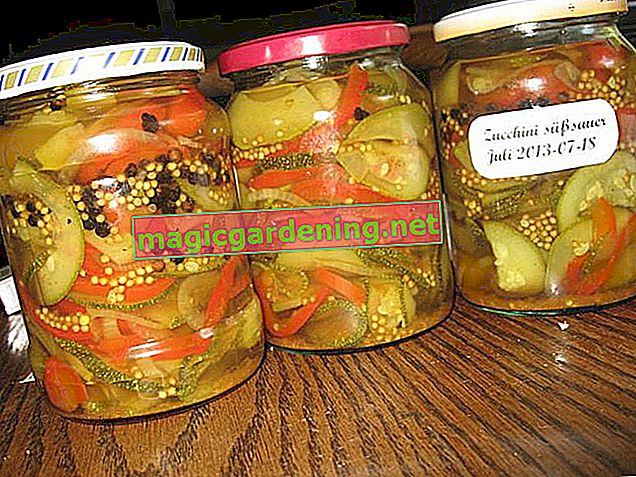
The best time is at the end of February
The ideal time window for pruning measures on the quince tree is open from the end of February to the beginning of March. This date recommendation takes into account the frost sensitivity of a quince and the requirements in the Federal Nature Conservation Act. Please select a day with dry weather and temperatures above freezing point.
also read
- Quince tree: interesting facts about size
- Plant the quince tree
- Maintaining the Quince Tree: A Practical Guide
Conservation pruning vitalizes exhausted fruit wood
A quince tree takes four to eight years to bear the first fruits. On the way there, cutting measures are of secondary importance. As soon as the harvest phase starts, the Asian pome fruit trees benefit from a fruit wood cut. After three to four years, heavily branched fruit wood shoots hang down and signal that they have passed the zenith of profitability. With this cut you can revitalize the exhausted fruit wood of a quince:
- Overlong scaffold shoots inclined to the ground lead to a younger side shoot
- Fruits that have been removed and branched like brooms are diverted to a side branch closer to the trunk
- Cut back old fruit wood without young side shoots to 5-10 cm short cones
Please do not cut off exhausted fruit wood on Astring. In the quince tree, this incision goes hand in hand with the risk of rot. It is better if you leave a short stub first. Young twigs will sprout from it by the next year while the cone dries up. Select one or two outward-facing, horizontal young shoots. All remaining specimens as well as the dried out cone remains are removed.
Thinning quince at 3-year intervals
As long as your quince tree thrives with vital fruit wood, pruning is limited to removing dead wood and unfavorably positioned branches. Quinces tend to grow disorderly from criss-cross shoots. This affects a light-flooded, airy crown so that numerous flowers and fruits develop. How to properly level a quince tree:
- Thinning the crown every 2 to 3 years
- Cut off dead wood on short tenons
- Cut back weak, frozen and unfavorably growing branches by up to three quarters
- Apply secateurs just above an outward-facing bud
If you discover water bodies pointing upwards on the main branches, their position will determine how to proceed. Do not cut off the shoot in the sun-drenched place. Rather, you bind the steep drive in an inclined to horizontal position. Now the sap pressure calms down, whereupon flower buds form.
Tips
An apple quince remains a quince and is not cut like an apple tree. The term pear quince or apple quince only refers to the shape of the fruit. Please do not draw any conclusions about the pruning care from these variety names, but consult these instructions.








